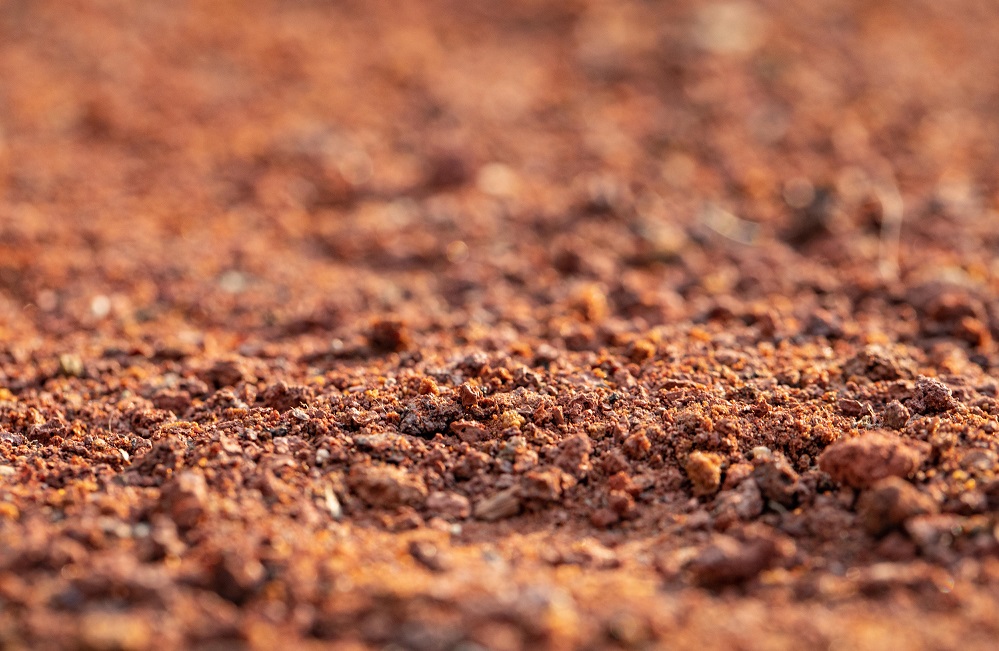
Zeolite has numerous gainful uses from business and mechanical points of view yet additionally is useful in farming with regards to animals, for example, poultry and steers. The particle trading properties of Zeolite advance extraordinary assimilation/adsorption properties in which numerous creatures can profit by. This makes it an incredible expansion through its flexible uses and applications.
Dampness can be a major issue in a chicken coop either adding to higher measures of ice in the winter or shape in mid-year. As a scent neutralizer and dampness safeguard, Zeolite is a powerful litter added substance choice for chicken coops and drop sheets. Zeolite absorbs scent causing fluids into the honeycomb structure simply like preparing pop, and furthermore draws in and holds scents, permitting scents to kill. Irksome irritations, for example, flies are pulled in by the sodden, warm, and rank states of a coop or horse shelter and including Zeolite may help to dispose of these bothersome annoyances. Zeolite may likewise bolster the decrease of dampness exposed winter months, where dampness expands the danger of frostbite, particularly in helpless regions, for example, your chickens’ brushes.

Zeolite is exceptionally flexible with regard to use and applications. It very well may be utilized in blend with every single litter sort, including sand, straw, and shavings. To utilize Zeolite in a chicken coop start with a perfect, void coop, sprinkle a layer of normal Zeolite on the floor followed by your litter of decision. Sprinkle extra Zeolite on the litter varying to monitor your coop new and dampness.
Lately, there have been a few investigations led where Zeolite has been utilized as a feed added substance for animals chickens and dairy steers populaces. Since Zeolite successfully battles smelling salts, look into demonstrates that adding this regular mineral to feeds might be a viable strategy for scent control for your domesticated animals, including huge dairies. Additionally, there is a look into demonstrating that chickens, may likewise receive the rewards of Zeolite through processing by going about as a characteristic coarseness by adding Zeolite to chicken feed.
As a litter or a feed added substance, Zeolite gives numerous advantages to you and your domesticated animals.








